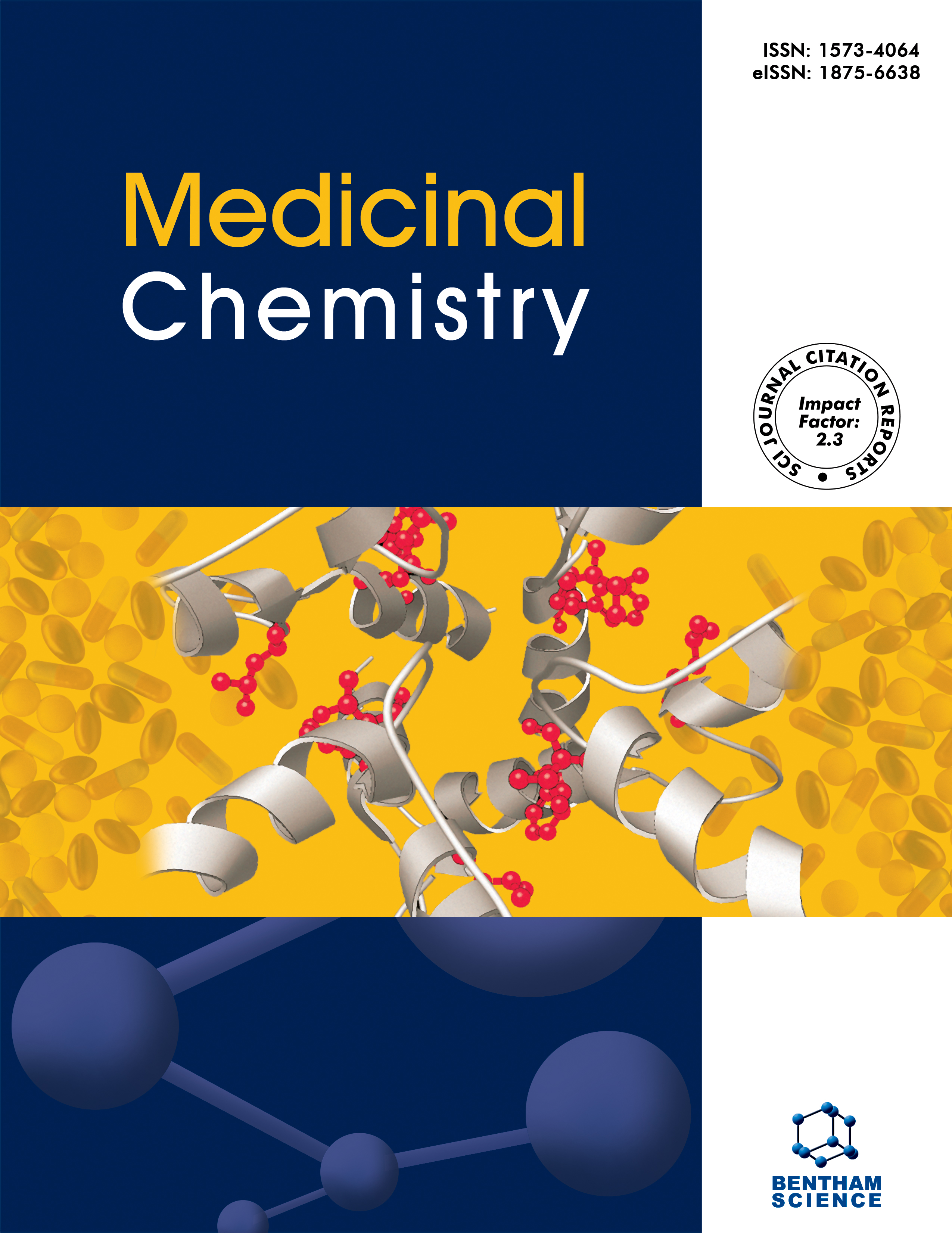
Full text loading...
We use cookies to track usage and preferences.I Understand
Flavonoids express a wide range of medicinal properties, our study presented results on the anticancer activity of selected compounds using in silico studies.
In this article, in silico studies were carried out to find promising anticancer lead among selected flavonoid compounds.
Here, we carried out molecular docking and MD simulation for anticancer screening of flavonoid derivatives against CDK2 and CDK9 proteins.
Among the compounds under investigation, Flavone and Recoflavone had the lowest binding energy against CDK2/CDK9 targets using docking studies and MD simulations.
We can conclude that Flavone and Recoflavone are promising anticancer lead compounds in the development of new anticancer drugs.

Article metrics loading...

Full text loading...
References


Data & Media loading...

